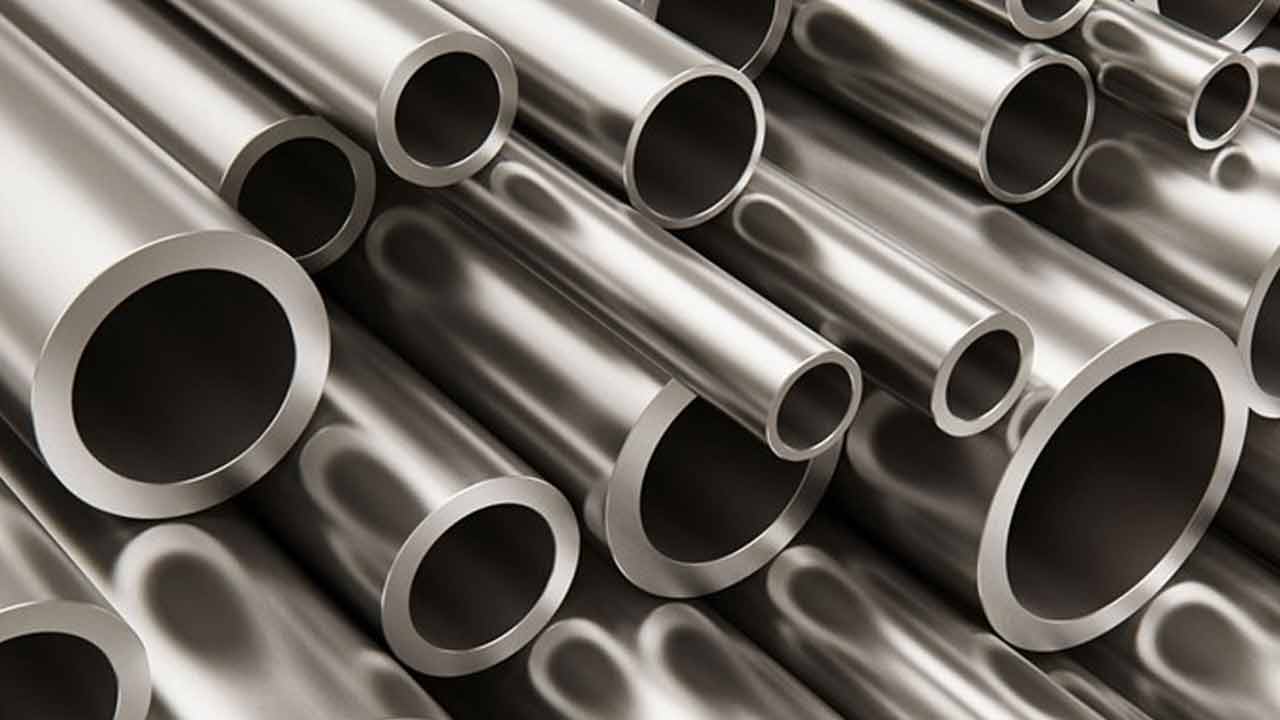Metal Sector: Undergoing significant changes to achieve its target

Last Updated: 13th December 2022 - 08:21 am
Here's a performance breakdown of one of the most vital sectors of the Indian market.
India is a natural choice as a location for the mining and metal sector due to its vast quantities of coal, lead, zinc, iron, silver, and gold. Iron ore, manganese ore, bauxite, chromium, and various mineral salts are abundant in India. Steel traditionally had a leading position among metals. It is used as raw material and an intermediate product, and its production and consumption are frequently used as measures of economic development and industrial growth, which are the foundation of any economy. The second-largest producer of crude steel is India, and the contemporary steel mills make up India's modern steel industry.
The production of crude steel and finished steel in FY22 through January was 98.39 MT and 92.82 MT, respectively. India is the world's fourth-largest producer of iron and the second-largest producer of coal. In India, coal is anticipated to continue to be the dominant source of electricity in 2040. Following a record-breaking coal production of 777 million tonnes (MT) in 2021–22, India's domestic coal production is still on the rise. The benchmark sectoral indicator BSE Metal experienced a year-to-date decline of over 23% and a monthly decline of about 15%.
Metal prices, which previously peaked, are now beginning to decline. The pandemic, the war between Russia and Ukraine, the government's position on export taxes, and many other factors are to blame. The Ministry of Finance made the decision to charge a 15% export duty on steel on May 23, 2022. Additionally, it has sent export duty notifications to over 10 iron and steel intermediaries. It lowered import taxes on three essential raw materials, including coal, that are needed to make steel. The prices of steel stocks fell as a result of the recently imposed higher export duties on steel and the elimination of the import duties on cooking coal.
Outlook
Due to reforms like the "Make in India" campaign, the Smart Cities Project, rural electrification, increased infrastructure development, and a focus on developing renewable energy projects under the National Electricity Policy, the metal sector in India is anticipated to undergo significant change in the coming years. By the end of 2025, the Make in India initiative wants to increase manufacturing's share of the GDP from 17% to 25%. The government has chosen 25 industries as part of this plan, including those that use nonferrous metals extensively in the automotive, electricity, and defence sectors. The Ministry of Mines has agreements in place with numerous countries.
The government, as well as major companies in the market, are always looking for ways to improve their competitiveness. For the Purvanchal Expressway, which the prime minister officially opened in 2021, 48,200 tonnes of steel were provided by the Steel Authority of India Ltd (SAIL) and other central public sector enterprises (CPSEs) under the Ministry of Steel. Vedanta intends to invest USD 20 billion across all of its operations, including boosting steel and silver output. A mine construction and operation deal for Rs 9,294 crore was signed by Power Mech Projects Ltd and Central Coalfields Ltd.
India's main growth engine is its cost-competitive advantage in the manufacture of steel and aluminium. Aside from that, the sector will continue to expand due to increased needs from the infrastructure and transportation sectors and favourable government regulations. There are a lot of unknown mines in India, and analysts estimate that just 20% of the country's total mineral reserves have been mined thus far. On the other hand, the industry has significant hurdles, including large capital requirements, low per capita labour productivity, limited potential utilisation, and poor product quality.
Financial Highlights
To gain a financial overview of the metal sector, we have analysed 42 major companies. JSW Steel, Tata Steel, Hindustan Zinc Ltd and Vedanta Ltd were the top companies having a market capitalisation of over Rs 1 lakh crore.
FY22 was a golden year for the metal sector. The sectoral indicator BSE Metal soared nearly 50% during FY22 when the metal prices were continuously rising. Almost all the companies, after recovering prior losses, posted positive growth numbers YoY in terms of revenue, EBIDTA and PAT. During FY22, the total net sales of these companies jumped by 48.51% compared to FY21. The total operating profit also surged by 65.83% YoY and the total net profit soared 160.6% YoY.
The major contributors to this commendable growth were Tata Steel and Vedanta as these companies recorded net profit of Rs 41,100.16 crore and Rs 23,709 crore, respectively. On the flip side, JSW Ispat Special Products and National Standard (India) were the bottom companies that recorded net profit of Rs 1.49 crore and Rs 24.61 crore, respectively. It is commendable that no single company incurred losses during FY22.
- Performance Analysis
- Nifty Predictions
- Market Trends
- Insights on Market
Trending on 5paisa
Market Outlook Related Articles
Disclaimer: Investment in securities market are subject to market risks, read all the related documents carefully before investing. For detailed disclaimer please Click here.
 5paisa Research Team
5paisa Research Team
 Sachin Gupta
Sachin Gupta




